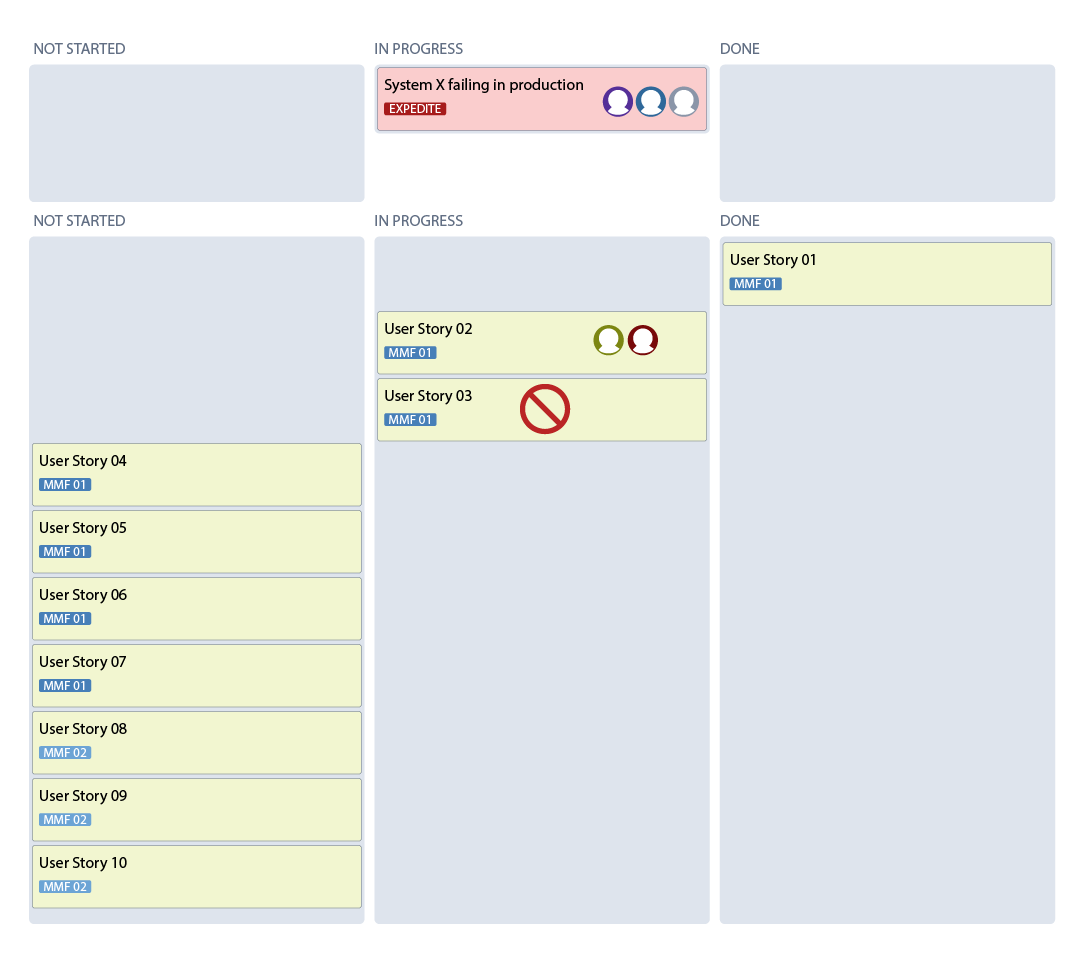Got a problem in your organization that you don’t seem to have the power to fix? Wish they (whoever they are) would do something about it?
It’s easy to assume leaders know everything that’s going on in an organization and are deliberately letting bad situations persist. But the larger the organization, the less information and the more distorted information leaders have about what’s really going on. This isn’t about people’s intelligence. It’s not about how good their intentions are. It’s just a feature of human systems.
There’s a cognitive bias called the Curse of Knowledge. The Curse of Knowledge is the tendency to assume everyone else knows what you know. Our brains save us energy by conveniently forgetting that we’ve learned a thing once we learn it. The new learning just becomes obvious to us. As a result, we don’t naturally put ourselves in the shoes of someone who doesn’t know what we know. (What we call common sense, by the way, is just the Curse of Knowledge at scale.)
Let’s take a common example. A team makes plans for product development work. But as they’re working on features, they frequently get interrupted to put out fires and to solve little problems. They’re still held accountable for delivering the features on the roadmap, though. Team members get increasingly frustrated that “leaders don’t care that we never get to focus on getting important work done.”
It’s obvious to the team that all these interruptions are having a negative impact on the team. Curse of Knowledge tells the team (subconsciously, of course) that it must be just as obvious to the leaders. It’s logical, then, to conclude that leaders just don’t care.
It’s more likely, though, that leaders just don’t see the situation as clearly as the people who are close to it. And they probably also see some other factors outside the team that the team doesn’t see as clearly. So, if the team wants the the leaders to use their power to do something about the problem, the team needs to make it more visible to them.
 What would that involve? Maybe something like we describe in our “Dealing With Interruptions” Humanizing Work Show episode. Make visible all the interruptions. Make visible what planned work got delayed by the interruptions. Make visible the cycle time to show work that ends up starting, pausing, resuming, and finally getting done. Put all that data together and have a conversation about what it means.
What would that involve? Maybe something like we describe in our “Dealing With Interruptions” Humanizing Work Show episode. Make visible all the interruptions. Make visible what planned work got delayed by the interruptions. Make visible the cycle time to show work that ends up starting, pausing, resuming, and finally getting done. Put all that data together and have a conversation about what it means.
Once you give leaders more complete data, they’re either going to do something about the issue or give you more information about why the issue can’t be fixed now—information you may be missing. Of course, there’s no guarantee you’ll get the outcome you want, but you’ll be in a much better place than where you started. The worst case is shared visibility into what’s going on but different interpretations about what to do about it.
What’s an issue you need to make more visible? How might you do that in a neutral and objective way?
We’d love to hear from you! Email us to let us know what you’re going to try. Or, if you’re not sure how to make your issue visible, tell us about it. Perhaps we’ll talk through it on a future Humanizing Work Show episode.
Last updated